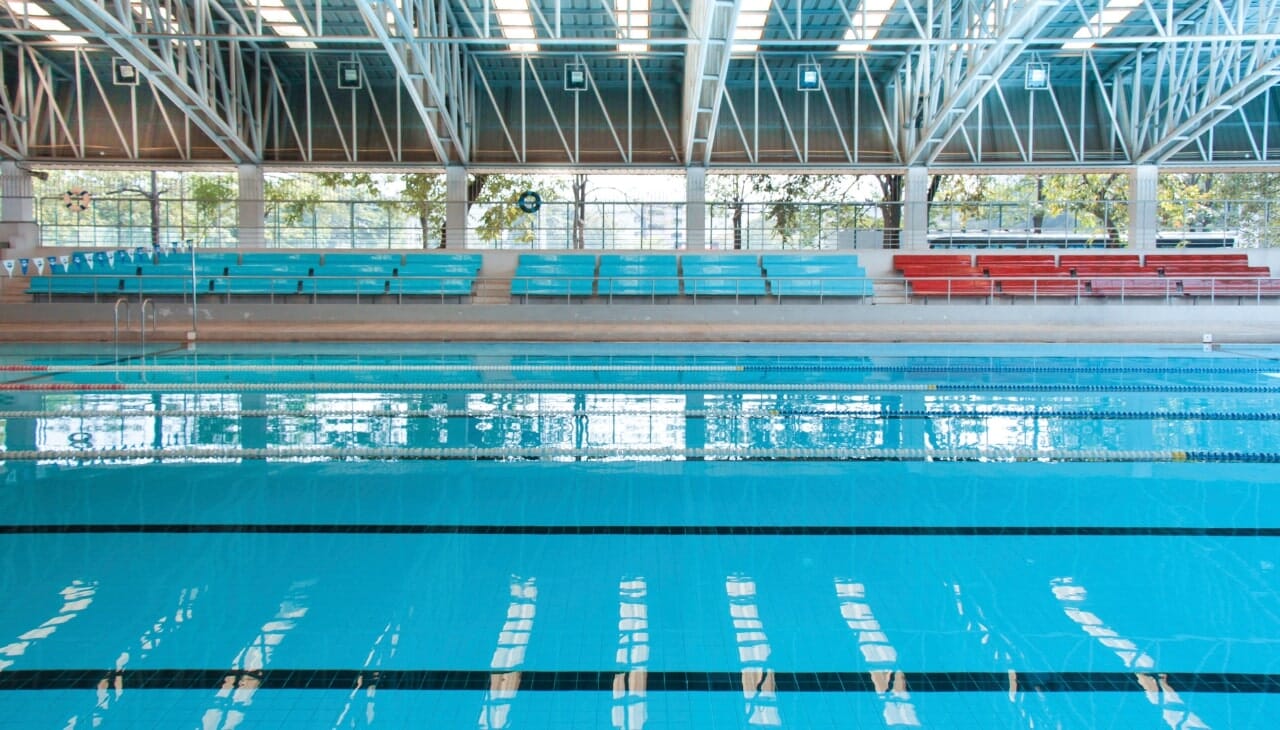
Less than a minute Read
Is Funding Leisure Centres a Smarter Way to Support the NHS?

Category

Over the past couple of months, there’s been a noticeable upturn in government funding for municipal pools and leisure centres.
When a friend asked how busy work has been, I replied, “extremely,” and we got talking about this shift. Her reaction was: “I thought there was no money in the country, why aren’t we putting it into the NHS?”
It’s a fair question
The NHS always seems stretched, no matter how much is invested. But maybe the real challenge is the rising demand and the need to tackle the root causes of poor health.
Take Type 2 diabetes, for example:
a condition that can often be better managed or even prevented through lifestyle changes. Sadly, those most affected are often people on lower incomes. Expensive gyms, healthy food and good advice can feel completely out of reach.
Some people do take advantage of the system, but most don’t
Many genuinely struggle, whether due to chronic illness, disability or the simple lack of opportunity to find secure work. For them, living healthily isn’t about motivation, it’s about access.
That’s why I’d love to see more free or subsidised leisure centre memberships and in-person support like nutrition classes rolled out across the country. Digital resources are fine, but real human support makes a lasting difference.
We already have a glimpse of how this could work through the NHS GP Exercise Referral Scheme. Under this initiative, GPs can refer patients with certain health conditions to take part in structured short-term exercise programmes run by local leisure centres. It’s a great idea but it’s only part-funded and available for 12 weeks, meaning participants still have to cover some of the cost of membership. For many on tight budgets, even that small cost becomes a barrier. If we’re serious about prevention, schemes like this need wider roll-out and full accessibility.

But here’s the challenge. Once these centres are built or refurbished, councils must make smart decisions about how they’re run. Swimming pools in particular come with significant ongoing costs, especially energy use. You can’t just turn everything off overnight to save money. Pool water still needs to be heated and filtered and condensation control is essential to avoid damage and maintain air quality.
This means choosing the right swimming pool ventilation and control systems is vital. Asking for evidence of energy efficiency, speaking to existing customers and examining service level agreements enables you to look beyond the headline cost. The cheapest upfront option often isn’t the most economical over a system’s lifetime. Long-term sustainability is what will keep these pools open and accessible for years to come.
If we get this right and combine smart funding with well-planned operation, we’ll be creating healthier, more resilient communities and reducing strain on the NHS in the process.

